By Art Kabelowsky, DNR Outreach and Communications, Fitchburg Arthur.Kabelowsky@wisconsin.gov; 608-335-0167
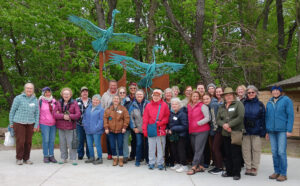
Nancy Bozek (far right), executive director of the Wisconsin Woodland Owners Association (WWOA), joins the Women of WWOA group for a photo after a guided tour of the International Crane Foundation outside of Baraboo. / Photo Credit: Contributed by Nancy Bozek
There are plenty of trees in Wisconsin forests that haven’t been around as long as the Wisconsin Woodland Owners Association (WWOA).
In many cases, the 46-year-old WWOA has facilitated the information sharing, networking and hard work necessary to keep as many of those trees as possible, along with the older ones, of course, green and growing.
WWOA’s mission statement is one of those simple ideas that needs a lot of effort to become reality: “(T)o conserve and enhance the private woodlands of the state through the following actions:
- Sustainably manage our woodlands with informed management plans that utilize best silviculture practices.
- Assist private landowners in achieving their management goals by connecting them with natural resource professionals and fellow woodland owners.
- Educate the public on the value of woodlands for economic, environmental, recreational and wildlife habitat purposes.”
Continue reading “Woodland Owners Group And MFL Keep Forests Growing”

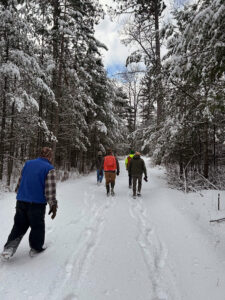
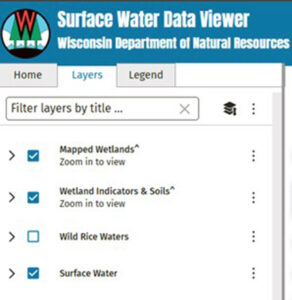
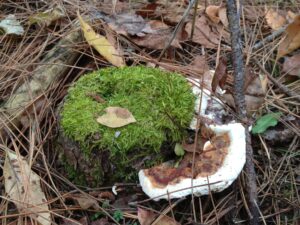
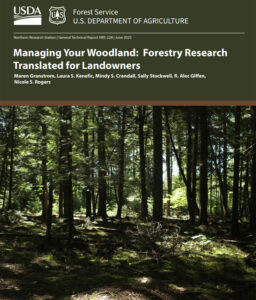
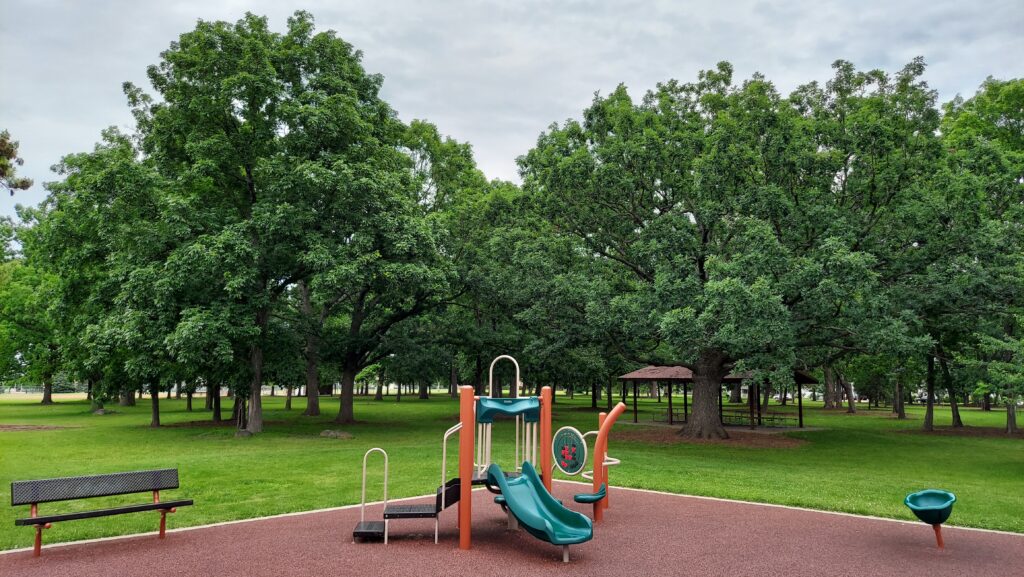 Cities, villages, towns, counties, tribes and 501(c)(3) nonprofit organizations in or conducting urban forestry projects in Wisconsin can now apply for a regular or startup 2026 Wisconsin Department of Natural Resources (DNR) Urban Forestry grant. The total 2026 available funding is $559,680, with a possible release of $139,920 of catastrophic storm reserve to fund a second round in March 2026.
Cities, villages, towns, counties, tribes and 501(c)(3) nonprofit organizations in or conducting urban forestry projects in Wisconsin can now apply for a regular or startup 2026 Wisconsin Department of Natural Resources (DNR) Urban Forestry grant. The total 2026 available funding is $559,680, with a possible release of $139,920 of catastrophic storm reserve to fund a second round in March 2026. 
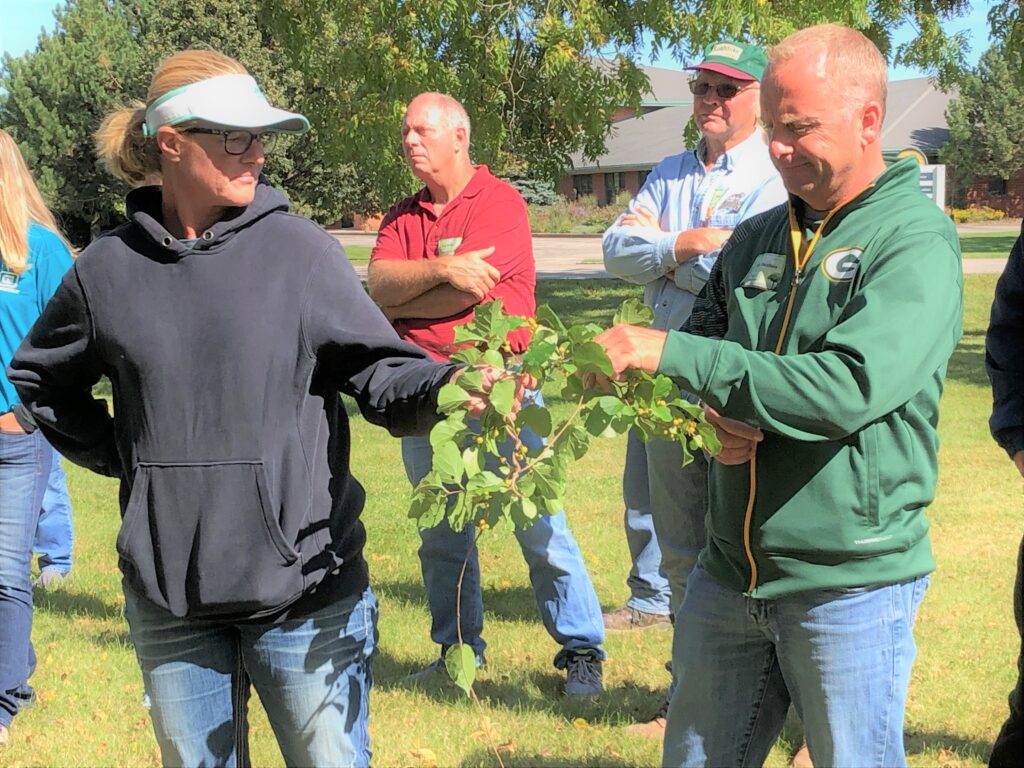 The Wisconsin Department of Natural Resources is partnering with the UW-Madison Division of Extension to host a series of fall workshops on invasive species plant identification and management. Learn about invasive plants in urban settings, focusing on identification, impacts, management and available resources. Dr. Mark Renz (professor and Extension specialist with UW-Madison) will lead the instruction, with Travis Wilson, Matt Wallrath and John Zabrosky assisting. Each workshop will include morning classroom instruction followed by hands-on field demonstrations in the afternoon. The cost of the workshop is $40 and includes lunch.
The Wisconsin Department of Natural Resources is partnering with the UW-Madison Division of Extension to host a series of fall workshops on invasive species plant identification and management. Learn about invasive plants in urban settings, focusing on identification, impacts, management and available resources. Dr. Mark Renz (professor and Extension specialist with UW-Madison) will lead the instruction, with Travis Wilson, Matt Wallrath and John Zabrosky assisting. Each workshop will include morning classroom instruction followed by hands-on field demonstrations in the afternoon. The cost of the workshop is $40 and includes lunch. 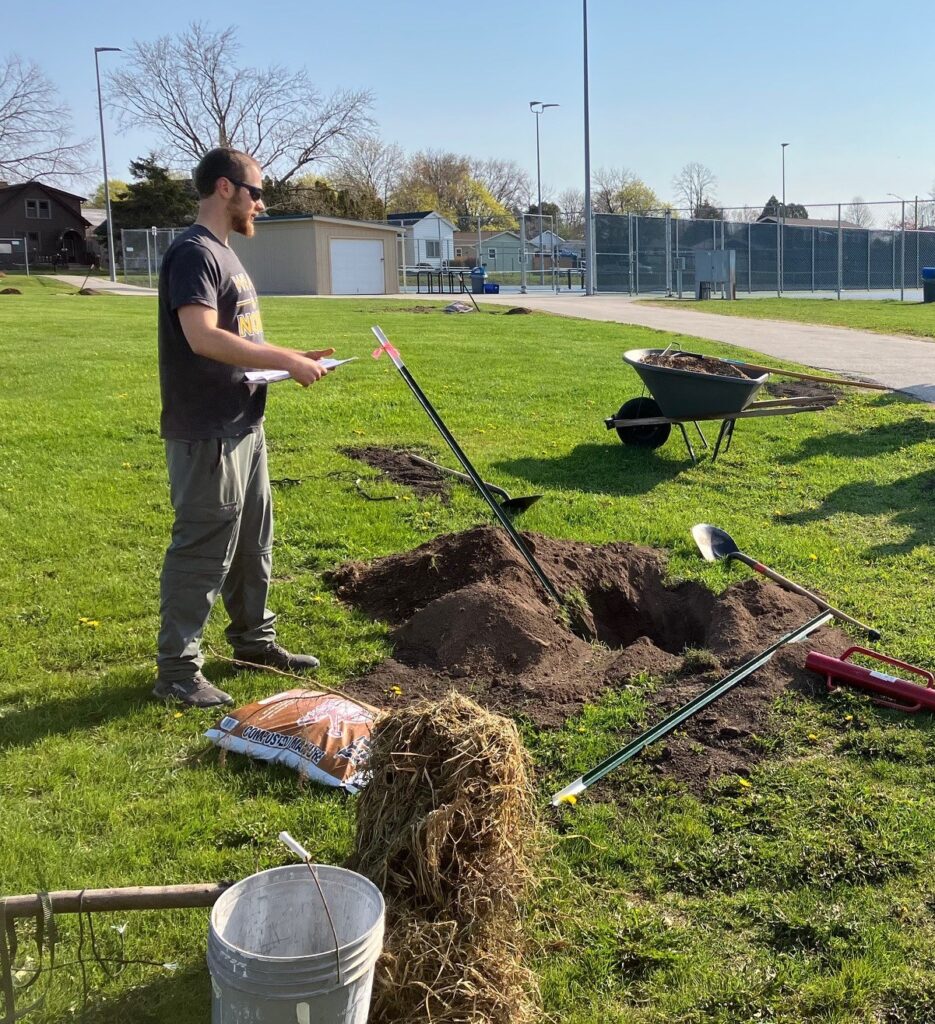
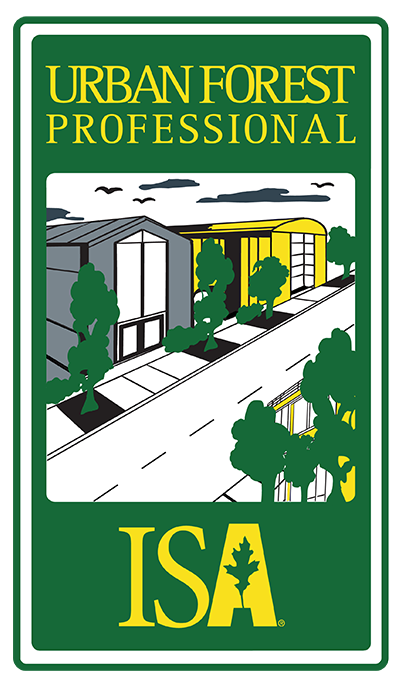 The International Society of Arboriculture (ISA) is launching a new credentialing management system and an updated pricing structure, going live on July 15, 2025.
The International Society of Arboriculture (ISA) is launching a new credentialing management system and an updated pricing structure, going live on July 15, 2025.